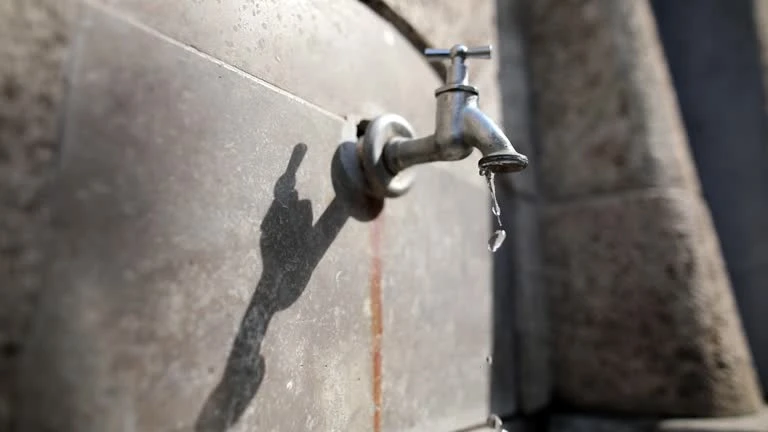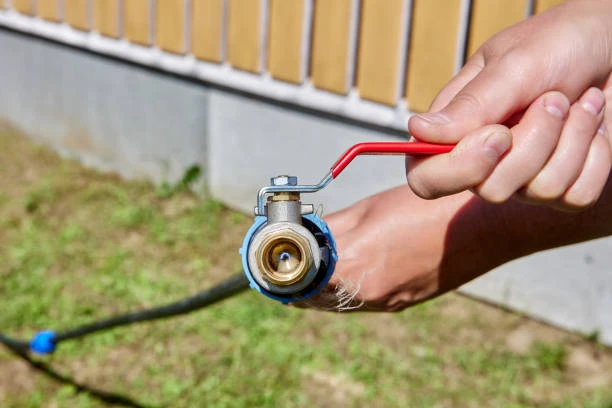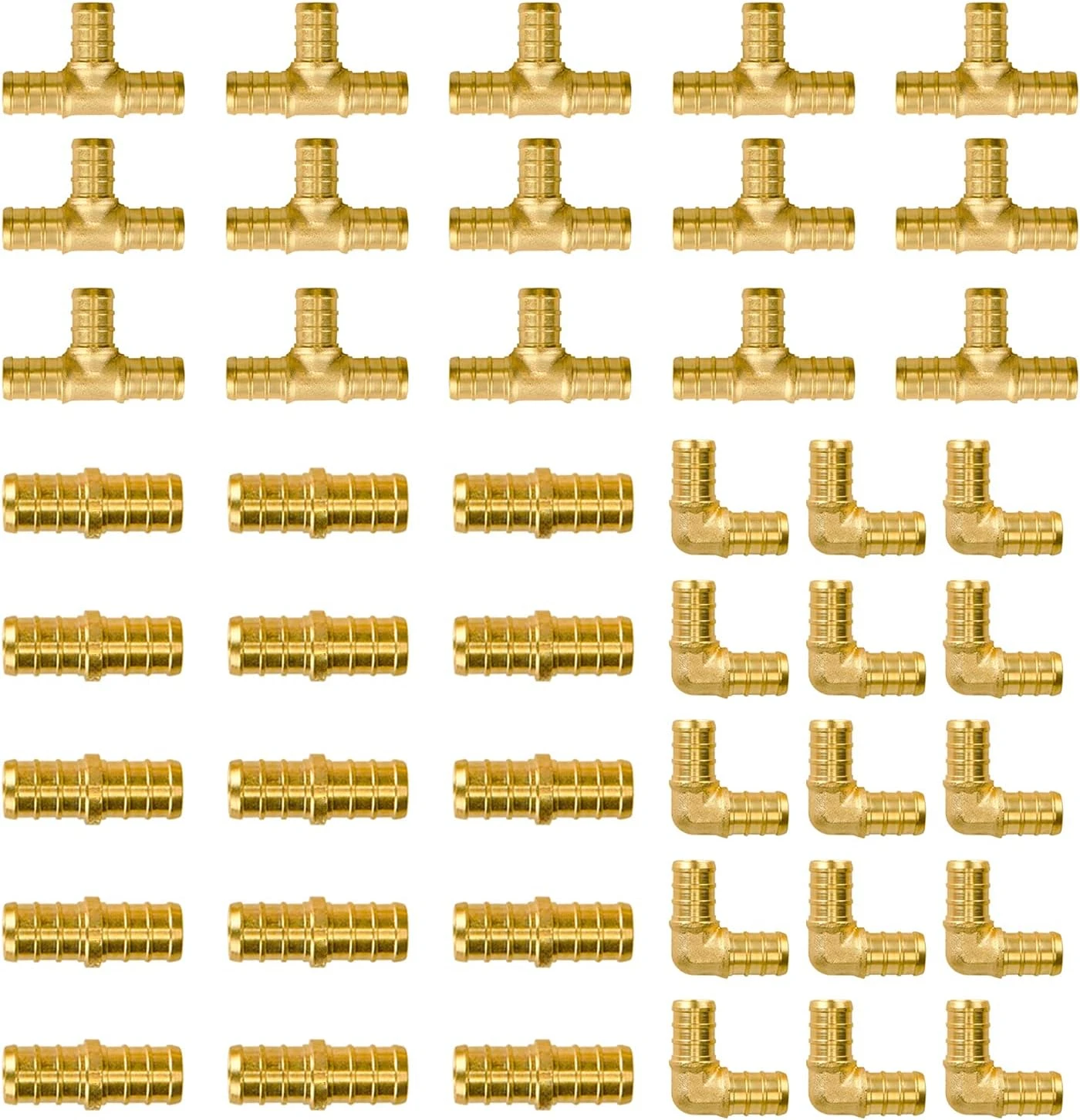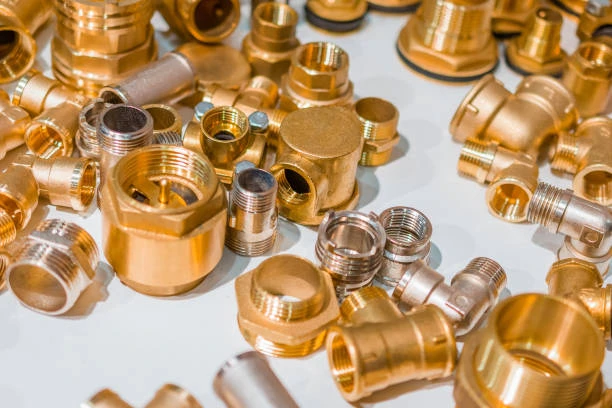As the temperatures drop and winter sets in, homeowners are often advised to drip their faucets to prevent pipes from freezing. This advice is based on the concern that when water inside pipes freezes, it expands and can cause the pipes to burst, leading to costly water damage. But do you really need to drip your faucets when the temperature dips below freezing, or is it just an outdated piece of advice? In this article, we’ll explore whether dripping faucets is necessary, the science behind it, and alternative ways to protect your plumbing during cold weather.
Why the Concern About Freezing Pipes?
Before we address whether you need to drip your faucets, it’s important to understand why freezing pipes are such a concern in the first place. Water expands when it freezes, and this expansion creates tremendous pressure inside pipes, which can cause them to burst. When the temperature dips below 32°F (0°C), the water in your pipes may freeze, causing a variety of issues:
- Pipe Bursts: A burst pipe can result in serious flooding and damage to your home.
- Water Damage: Once pipes thaw, water will flow freely, potentially damaging floors, walls, ceilings, and possessions.
- Inconvenience and Cost: Repairing burst pipes can be expensive, and you might be without running water for an extended period.
For this reason, homeowners in cold climates have long been advised to take precautions, such as dripping faucets, to prevent frozen pipes.
Does Dripping Faucets Actually Prevent Freezing?
When temperatures dip below freezing, water inside pipes can freeze and create dangerous pressure, causing pipes to rupture. The advice to drip faucets is based on the idea that keeping water moving through the pipes can help prevent it from freezing.
The Science Behind Dripping Faucets
Let’s break down how dripping faucets are thought to prevent freezing:
- Water Movement: The idea is that moving water is less likely to freeze than still water. By allowing water to drip slowly from the faucet, you create a constant flow that is less likely to freeze, even if the surrounding temperature is below freezing.
- Relieving Pressure: When water is flowing, it moves through the pipes, reducing the chance that pressure will build up in one spot. If a pipe is at risk of freezing, allowing a drip from the faucet can help keep water moving and avoid dangerous pressure buildup.
- Preventing Ice Blockages: In addition to freezing in the pipes, the water in your faucets could freeze, blocking water flow entirely. Dripping the faucet prevents this by keeping the water moving, ensuring it doesn’t freeze at the nozzle.
When Is Dripping Faucets Necessary?
While dripping faucets can be an effective method for preventing freezing, it’s not always necessary, and there are times when it might be overkill. Here are some factors to consider when deciding whether or not to drip your faucets:

1. Temperature Fluctuations
If the temperature dips below freezing for only a short period, you may not need to leave your faucets dripping. In cases where temperatures are expected to rise again quickly, or the cold snap is brief, it’s often better to focus on other methods of pipe protection, like insulation.
2. Vulnerable Pipes
Not all plumbing systems are vulnerable to freezing. Pipes that are located in interior walls, basements, or areas that are heated are less likely to freeze than pipes that are exposed to the cold, such as those in uninsulated crawl spaces or exterior walls. If your vulnerable pipes are insulated well, dripping may not be needed.
3. Wind Chill Factor
Wind can exacerbate cold temperatures, making pipes more susceptible to freezing. If the wind chill makes the temperature feel much colder than it is, or if the weather is very windy, your pipes may be at greater risk of freezing. In this case, dripping faucets might be helpful to keep water moving through the system.
4. Duration of Cold Weather
If freezing temperatures last for several days or more, dripping faucets can help. However, for a brief cold spell that doesn’t last more than a few hours, it’s unlikely that dripping is necessary, especially if your pipes are well-insulated.
5. Location of Faucets
If you have outdoor faucets that are exposed to the cold, you might still need to let those drip, as these areas are particularly vulnerable to freezing. However, indoor faucets in well-heated areas generally don’t need to be dripped.
How Much Water Does Dripping a Faucet Waste?
One of the major downsides to letting your faucet drip is the waste of water. A slow drip, even from a single faucet, can waste a surprising amount of water over time. The Environmental Protection Agency (EPA) estimates that a faucet that drips once every second wastes about 3,000 gallons of water per year. If you’re using hot water, you’re also wasting energy by keeping the water heater on for longer periods to compensate for the wasted hot water.
If you’re going to drip your faucets to prevent freezing, it’s important to monitor the situation carefully and stop once the risk of freezing passes. Reducing unnecessary water waste is an important goal for both environmental and financial reasons.
Alternatives to Dripping Faucets
While dripping faucets can help prevent freezing, it’s not the only option. Here are some more efficient and less wasteful ways to protect your plumbing from the cold:
1. Insulate Pipes
One of the most effective and long-term solutions is insulating your pipes. Foam pipe insulation is inexpensive and easy to install. By covering vulnerable pipes, you can keep them warm enough to prevent freezing, even during extremely cold weather. This method saves both water and energy, as it doesn’t require the constant flow of water.
2. Use Heat Tape
Heat tape, also known as heat cable, is an electrical product that wraps around exposed pipes. It works by applying heat to the pipes to keep them from freezing. This is particularly useful in areas where pipes are located in exterior walls or attics, as these are the most vulnerable to freezing.
3. Seal Gaps and Drafts
Ensure that there are no drafts or gaps around windows, doors, or areas where pipes are exposed to the outside cold. Sealing these gaps can help keep the temperature inside your home or in plumbing areas more stable, reducing the risk of freezing.
4. Keep Cabinet Doors Open
If you have plumbing running through cabinets (such as under the kitchen sink), open the cabinet doors to allow warmer air from the rest of the house to circulate around the pipes. This can help prevent freezing, especially if the pipes are located on exterior walls.
5. Install Frost-Proof Faucets
For outdoor faucets, installing frost-proof faucets can significantly reduce the risk of freezing. These faucets are designed to prevent water from sitting in the exposed parts of the pipe, which reduces the chances of it freezing.
Conclusion
So, do you really need to drip your faucets when the temperature dips below freezing? The answer depends on several factors, including the duration of the cold weather, the location of your pipes, and whether your pipes are well-insulated. While dripping faucets can prevent freezing in some cases, it’s not always necessary, and there are more efficient methods available to protect your plumbing.
By insulating your pipes, sealing gaps, and using heat tape, you can protect your plumbing without wasting water. Only consider dripping faucets when other methods aren’t feasible or when temperatures are expected to stay below freezing for an extended period. In the long run, taking steps to prevent freezing without the need for constant dripping is the most effective and environmentally friendly approach.
Frequently Asked Questions (FAQs)
1. How much water does a dripping faucet waste?
A slow drip from a faucet can waste around 3,000 gallons of water per year, depending on the drip rate. This can add up quickly if left unchecked.
2. Do I need to drip faucets for both hot and cold water pipes?
Yes, if you’re concerned about freezing, it’s important to consider both hot and cold water pipes. However, you can save water by focusing on areas where freezing is most likely, such as outdoor faucets or pipes in uninsulated areas.
3. How can I prevent freezing pipes without wasting water?
The best way to prevent frozen pipes without wasting water is to insulate your pipes, use heat tape, seal drafts, and install frost-proof faucets. These measures keep your pipes safe without the need for constant water flow.
4. What is the best way to insulate pipes?
The most common and effective way to insulate pipes is to use foam pipe insulation, which can be easily wrapped around exposed pipes. Alternatively, heat tape can be used for extra protection, especially in extremely cold areas.
5. Can I just turn on the heat in my house to prevent frozen pipes?
Yes, keeping your home at a consistent temperature above freezing can help prevent frozen pipes. However, additional insulation and pipe protection may be necessary for areas like basements, attics, and crawl spaces that are colder.

















